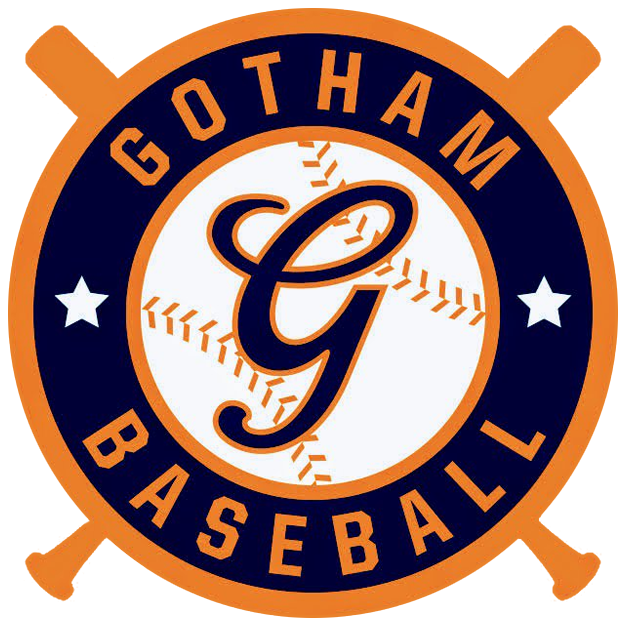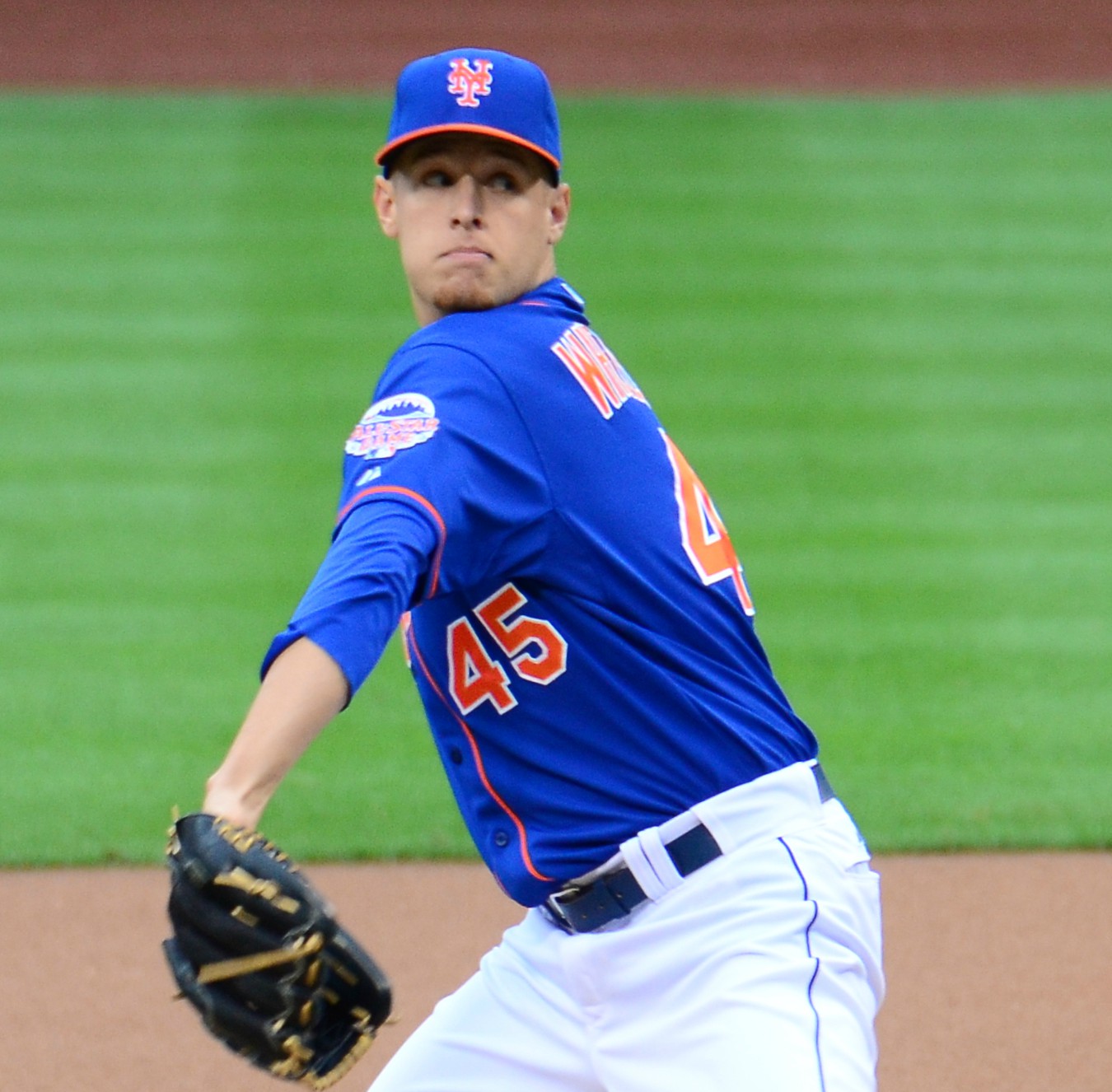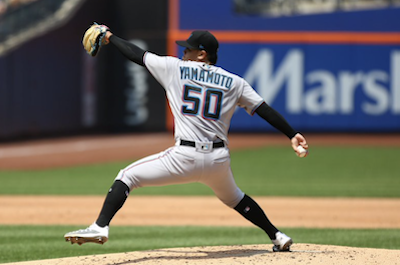By the time the 2017 Mets season was mercifully put to its end, the notion of having an abundance of starting pitchers was hard to fathom. At this point last year, nobody expected to hear names like Montero, Flexen, and Milone in the team’s rotation. Things got so drastic last year that it wouldn’t have been too surprising to see the Mets bring Bret Saberhagen back to Queens; he is still on their payroll after all ($250,000/year through 2029, but that’s another story for another time). So the fact that Opening Day is less than three weeks away and the team has more seemingly capable starters than available rotation spots is a relatively pleasant problem to have. But it is still a problem.
As we’ve learned over the last few seasons, any conversation about Mets starting pitching needs to begin with the phrase, “Barring injuries”. I suppose that the similar “barring any health issues” or “barring catastrophe” would be acceptable as well. So, barring injuries, we know that the top of the rotation will be Noah Syndergaard and Jacob deGrom. True, deGrom’s spring training debut was delayed until yesterday, but for all intents and purposes, he will head into the season as the Mets second starter, as long as nobody gets hurt. Late winter signee, Jason Vargas, is considered to be a lock to be a member of the rotation as well. Full disclosure here, I didn’t realize he was automatically a part of this rotation. While I still believe that signing Vargas was a smart move for the Mets, the veteran lefty has the shortest ceiling of any of the six potential starters, and I had thought that his southpaw-ness and ability to throw multiple innings would have made him a reliable enough long man in the bullpen. Apparently this was never the plan. Should I ever purchase a new video game system and take control of the Mets, I will probably use Vargas this way.
So, barring any health issues, that leaves the Mets with Matt Harvey, Steven Matz, and Zack Wheeler competing for the remaining two spots in the rotation. These three pitchers have combined for 208 appearances in their painfully interrupted careers, to date. Only one of those appearances was as a reliever, late last year when Matt Harvey came into the game in the second inning of a Noah Syndergaard start. Syndergaard was given a one-inning start just to get him back on the mound before the end of the season after missing most of the year due to injury. So, essentially these guys have no history of coming out of the bullpen. This is going to put some interesting pressure on new manager Mickey Callaway, as well as new pitching coach, Dave Eiland. In fact, Eiland said earlier in the spring that preparing a career starter for a new role out of the pen will take time to condition the body as well as the mind. The preparation for a reliever is remarkably different from that of a starter.
At first it seemed like Wheeler was a forgone conclusion to head to the pen, but he’s had the best results so far this spring. Now, as good as Wheeler has been this spring, his penchant for consistently going deep into counts against hitters does not help his cause. Throughout his career, and this spring included, Wheeler has averaged about 18 pitches per inning. This suggests that it would be unlikely that Wheeler completes 6 innings without going over the now-dreaded number of 100 pitches. That said, it’s hard to ignore how he’s pitched in his three spring appearances. Realistically, the Mets couldn’t have asked much more from him to this point in March.
Matt Harvey’s re-appearance in Port St. Lucie has been similarly eye-opening. It’s a little too early to accurately declare it a re-emergence. Prior to opening day, that term should only be used on February 2nd. Harvey has been somewhat impressive so far this spring, though. According to some rumors, Callaway and Eiland had to talk the Mets front office into keeping Matt Harvey and giving him a fair shot this year. And here he is, throwing well, showing a zip on his fastball and a bit on his slider that the team has missed for a couple years. Time will tell if this will translate to wins, but it’s certainly been an encouraging sign for the pitcher and his team. The world of sports thrives on stories of redemption, especially a player achieving success after many determined that ship to have sailed. People have been writing off Harvey for a few years now. It’s hard to imagine that a successful spring would land him in the bullpen as the season opens.
If potential was a quantifiable statistic, Steven Matz would be amongst the league leaders every year. What is quantifiable is time lost due to injury, and sadly, Matz seems to be a regular high roller in this category. The Mets and their followers are desperate to get more than a taste of what this guy can do regularly. The fact that Matz is a local talent (having grown up on Long Island) adds a feel good element to his story. That he is a lefty, adds a somewhat different look to the Mets core of recently young starters. Perhaps a season of regular preparation, and fate-willing injury free baseball, will finally enable his true talent to stand out. Then again, perhaps, a new approach and a new role would keep him around longer.
Barring any late-spring catastrophe, the Mets will head north for the season with six capable starters for a five-man rotation. As history has taught anyone who’s been paying attention, it’s unlikely that all five starters make it through the season unscathed. Whatever direction the Mets choose to go, they will need to prepare for sudden adjustments. And while any of these starters will likely be upset with a move to the bullpen, he will have to make the commitment to a new approach without totally discarding what got him here.



